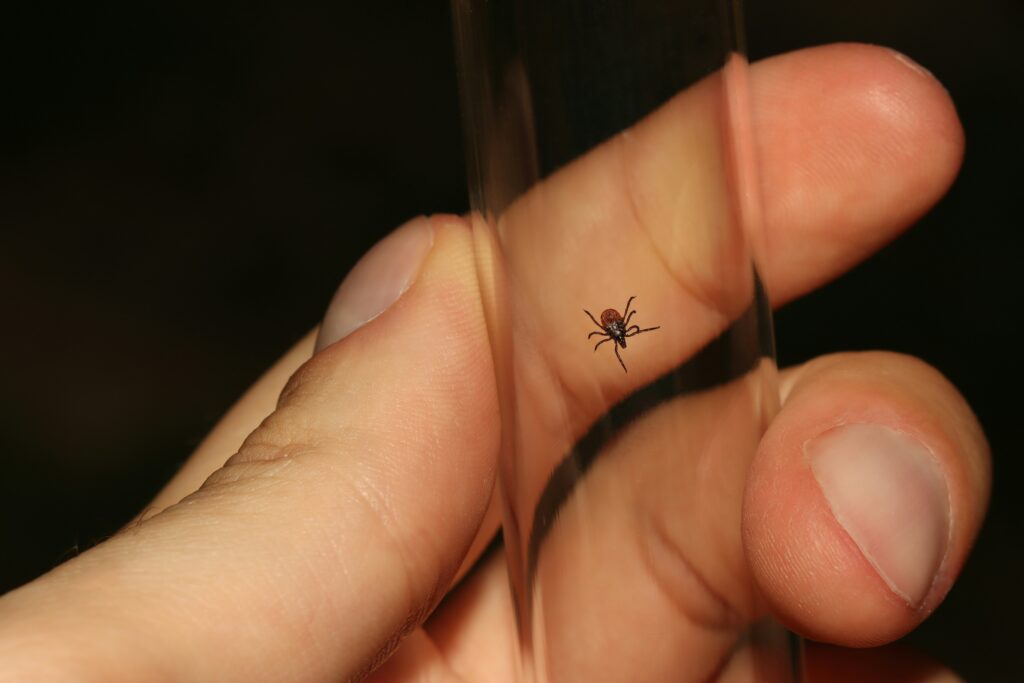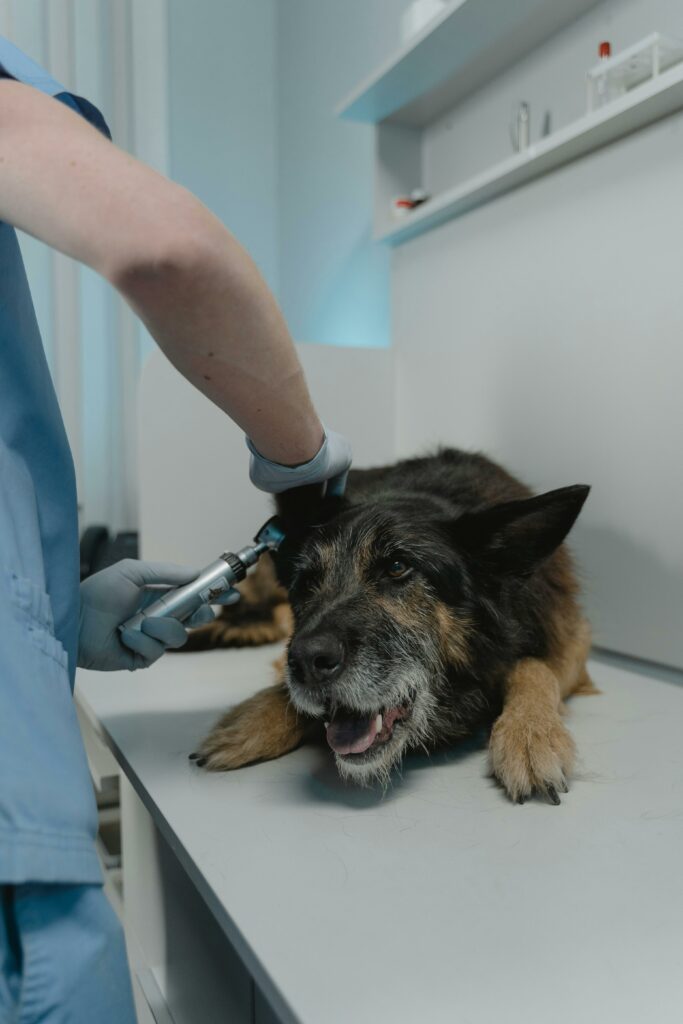
Welcoming a rescue cat into your home is a rewarding experience, but it requires patience and preparation. Understanding how to help a rescue cat adjust will ensure a smooth transition and a happy, stress-free environment for your new feline friend.
1. Preparing a Safe Space
Before bringing your rescue cat home, create a designated safe area where they can acclimate at their own pace. Choose a quiet, low-traffic room to reduce stress. Provide a comfortable bed, food, water, and a litter box in accessible locations. Use hiding spots like covered beds or boxes to help them feel secure. Include familiar scents (such as a blanket or towel from the shelter) to ease the transition.
2. Giving Them Time to Adjust
During the first few days, your cat may feel overwhelmed. Therefore, it is important to keep interactions calm and minimal to avoid stress. Rather than forcing interaction, allow your rescue cat to explore their space at their own pace. Keep in mind that patience is key, as some cats may hide for several days before feeling comfortable.

3. Establishing a Routine
Consistency plays a vital role in building trust. For example, feeding them at the same times each day helps create a sense of stability. Likewise, maintaining a quiet environment, especially in the beginning, prevents unnecessary stress. In addition, avoiding sudden changes in household activity can make the transition smoother.
4. Introducing Other Pets and Family Members
If you have other pets, introduce them gradually and carefully. Start with scent swapping by exchanging bedding between the rescue cat and existing pets. Use a barrier (such as a baby gate or cracked door) for initial visual introductions. Observe body language closely and avoid forcing interactions. Allow supervised, short meetings before progressing to full access.
5. Building Trust and Bonding
Earning your rescue cat’s trust takes time. Use soft-spoken words and gentle gestures. Let the cat approach you on their own terms. Offer high-value treats and engage in interactive play with toys like wands and feathers. Avoid direct eye contact, which can be perceived as a threat by nervous cats.

6. Addressing Behavioral Challenges
Some rescue cats may display timid or fearful behaviors. If they scratch furniture, provide scratching posts and use deterrent sprays on furniture. If they experience litter box issues, ensure the litter box is clean, accessible, and placed in a quiet area. If they hide excessively, give them time and avoid forcing them out of hiding. If they show fear of humans, use positive reinforcement techniques to build confidence.
7. Scheduling a Vet Visit
A health check-up is essential for a new rescue cat. Ensure they are up to date on vaccinations, flea treatments, and deworming. Discuss any behavioral concerns or signs of illness with your vet. If unspayed or unneutered, consider scheduling the procedure to prevent health issues.
8. Creating a Forever Bond
Patience and consistency will transform your rescue cat into a loving companion. Celebrate small milestones, such as their first purr or snuggle. Continue offering a secure and enriched environment. Remember, every cat adjusts at their own pace.

Conclusion
Helping a rescue cat adjust requires patience, understanding, and routine. By creating a safe space, building trust, and providing consistent care, you will help your new feline friend thrive in their forever home.
References
Helping your new cat or kitten settle in – https://icatcare.org/articles/helping-your-new-cat-or-kitten-settle-in
Undercover Cats: Who They Are and Why They Need Us – https://www.aspca.org/news/undercover-cats-who-they-are-and-why-they-need-us


































